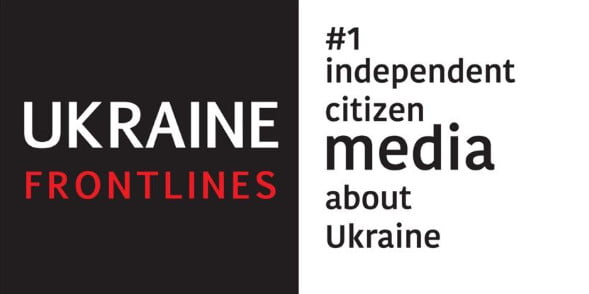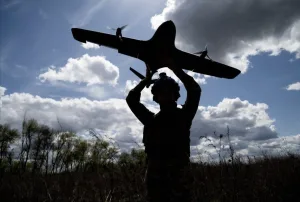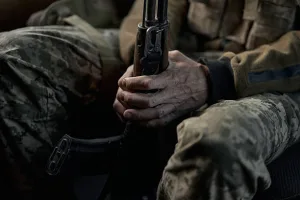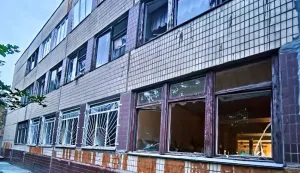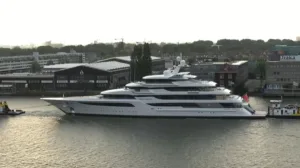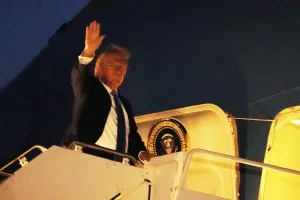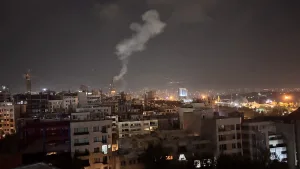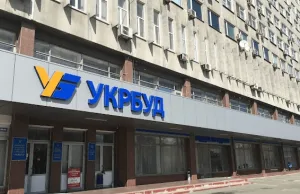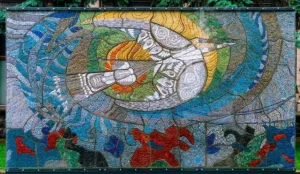The “Beaver” that flew all the way to Moscow. What drones Ukraine is using against Russia and how it is building its drone empire. Oleg Chernysh investigation for BBC Ukraine.
In recent months, Ukrainian drones have been attacking russian cities almost every day, not only near the border but also deep behind the border. Production of its own unmanned aerial vehicles (UAVs) has increased hundreds of times, authorities say. But there is one problem – a large number of different systems that are difficult to unitize.
This year was supposed to be a turning point for Ukrainian unmanned aviation. The government allocated a record 40 billion hryvnia (more than $1 billion) to invest in domestic manufacturers, got rid of most of the bureaucratic barriers for them and increased profitability.
“For sure I can say that the conditions for UAV production in Ukraine are definitely among the best in Europe, and possibly in the world,” says Mikhail Fedorov, deputy prime minister and head of the Ministry of Digital Transformation.
According to him, the production of Ukrainian drones has increased 100 times compared to last year.
It would seem that the way to a rapid breakthrough was open.
And the first results did not last long. In May, a drone attacked the Moscow Kremlin for the first time. Subsequently, such flights of Ukrainian drones to the Russian capital became almost regular. In particular, the skyscrapers of the Moscow City complex were hit three times.
In addition, UAVs have attacked facilities in Pskov (almost 700 kilometers from the Ukrainian border), Orel and Bryansk (both 200 kilometers from the border), Tuapse and Sochi (both 500-550 kilometers from Ukraine).
Ukrainian authorities do not directly claim responsibility for most of these attacks and have not disclosed what kind of unmanned systems were used in the strikes. At the same time, they announce that in the fall the scale of UAV production will increase, which means that there will be more successful attacks.
What drones are produced in Ukraine
Now there are about 200 companies in Ukraine that manufacture unmanned systems. Approximately 50 of them have already passed all the procedures for obtaining authorization and are supplying their products to the army. This is 12 times more companies than last year.
The line of Ukrainian UAVs is very wide. There are airplane-type reconnaissance drones, large attack drones and small kamikaze copters.
Yaroslav Oleynik (call sign “Loki”), a former military aerial reconnaissance officer and now a specialized adviser to the Minister of Strategic Industry, points out to the BBC that it is in Ukraine that unique conditions for drone manufacturers have emerged.
Here they can immediately test their product in real combat conditions, get feedback and quickly improve it, or completely revise it after comments.
He singles out kamikaze drones and reconnaissance UAVs among Ukrainian ready-made developments. He calls them competitive on the world market. One of their advantages is high-quality communication and improved noise immunity.
The official agreed to name his own top Ukrainian UAVs to the BBC Ukrainian Service.
In his opinion, the first place is occupied by the Shark reconnaissance drone created by Ukrspecsystems. It was put into service last year. According to the manufacturer, this UAV, which is resistant to electronic warfare, can reconnoiter the territory at a range of up to 80 km and at an altitude of up to 3 km above the ground.
“In my opinion, Shark is one of the top Ukrainian reconnaissance drones. It is better than the Russian “Orlan”, that’s for sure,” Loki believes.
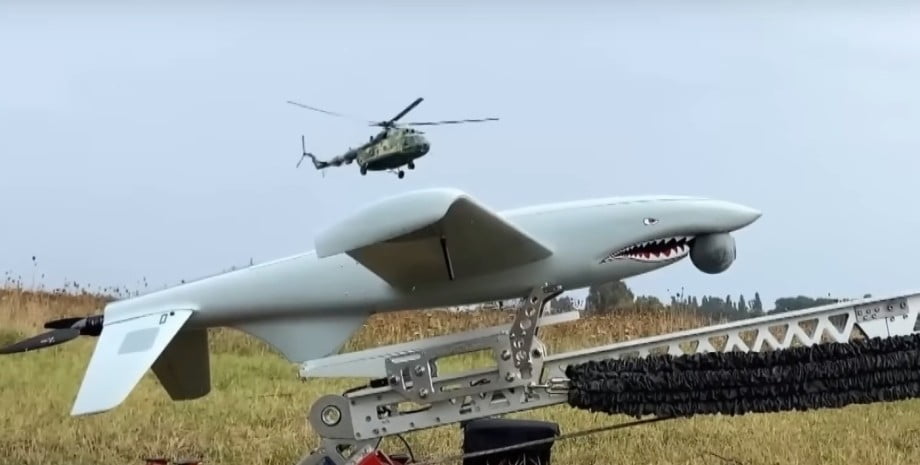
Among reconnaissance drones, he also singles out the Leleka-100, known as Stork drone. This drone, also known as “Ciconia”, was created by the DeViRo company 5 years ago. The main advantage of the UAV is its advanced inertial navigation, which allows it to operate in harsh conditions in the absence of GPS signal. The device has an electric motor, can climb 1.5 km in height and up to 100 km in length. The drone can stay in the air for up to 4 hours.
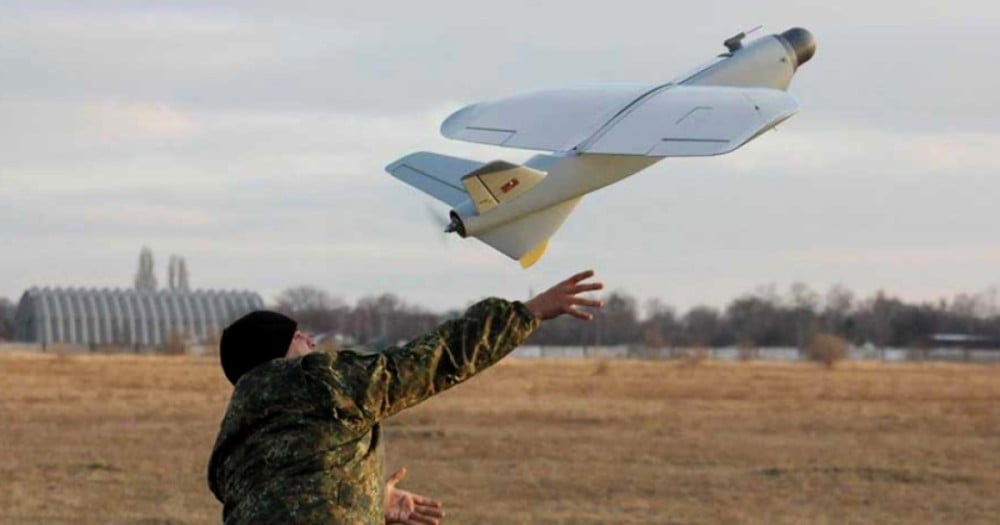
Among the copter-bombers the representative of the Ministry of Industry and Trade notes “Bat” drone and “Vampire” drone.
The first ‘Bat” drone is a fairly large drone with six propellers (hexadron) lifting it into the air. It can carry munitions weighing up to 20 kg, such as artillery or anti-tank mines, to drop them on enemy heads or equipment. It has a thermal imager to operate in the dark and also has high speed, so it is a difficult target for the enemy.
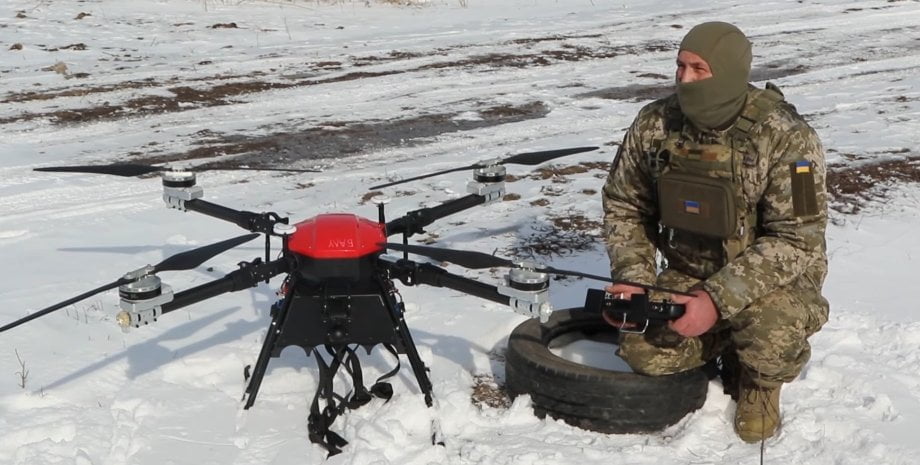
Similarly, the “Vampire” drone, which can carry up to 15 kg of ammunition, also works well in the dark because it has a high quality thermal imager.

Oleynik also lists the PD-2 drone (“People’s Drone”), which can be both a scout and a bomber.
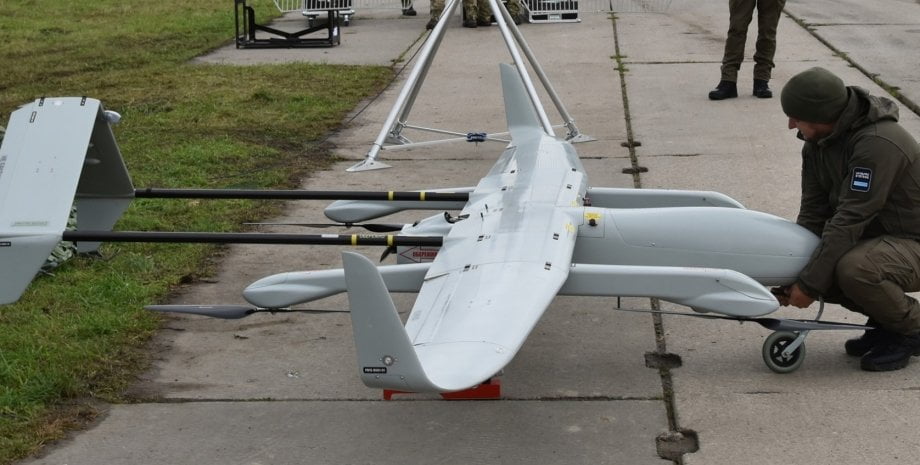
To this end, and the Valkyrie drone, a small, low-radar and easy-to-use tactical-level reconnaissance drone, as “top” UAVs.
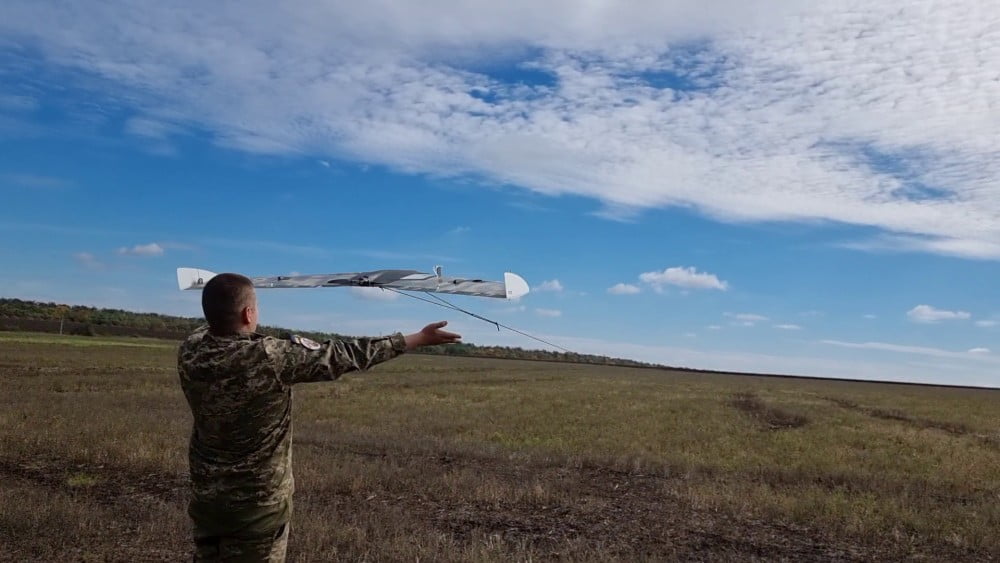
The Beaver drone that hit Moscow
However, the Ukrainian authorities are avoiding as much as possible the dissemination of information about their perhaps most important novelty – the Beaver attack drone. It is this drone that has flown unhindered to Moscow several times and attacked objects in the center of the Russian capital.
“Beaver” drone is easily recognized by its unusual shape, which in aerodynamics is called “duck”, that is, its front wings are much smaller than the rear wings, and the engine or propeller is located behind. This gives the impression that the UAV is flying “backwards”.

This shape of the vehicle requires dexterity on the part of the operator controlling the vehicle, but allows it to outsmart enemy air defense systems at long range.
Only recently it became known that “Beavers” is produced not by a state enterprise, but by a private firm UkrJet. However, the website of the company involved in the development of the UAV does not have any information about this drone.
Yaroslav Oleynik refuses to disclose details about the Beaver, but notes that the Ukrainian drone was helped to achieve its goals in Moscow by the skill of its operators, not by the “weakness” of Russian air defense.
“In my opinion, it is the synergy of the manufacturer and the user who used these drones. This is the result of quality training of the operators, not the ‘holeiness’ of the Russian air defense.”
Is the FPV trend going away?
However, at the tactical level, i.e. within the battlefield, small and cheap FPV drones are the most popular in Ukraine.
In fact, we are not talking about any particular drone model, but about various strike vehicles that have the ability to broadcast online video to the operator’s special glasses, rather than to his tablet or laptop. This is what First Person View (FPV) mode is all about.
Such drones are lost on the battlefield by the thousands because they are in fact the military’s “pocket artillery,” Yuriy Kasyanov, an AFU officer and commander of an attack drone unit, tells the BBC’s Ukrainian Service.
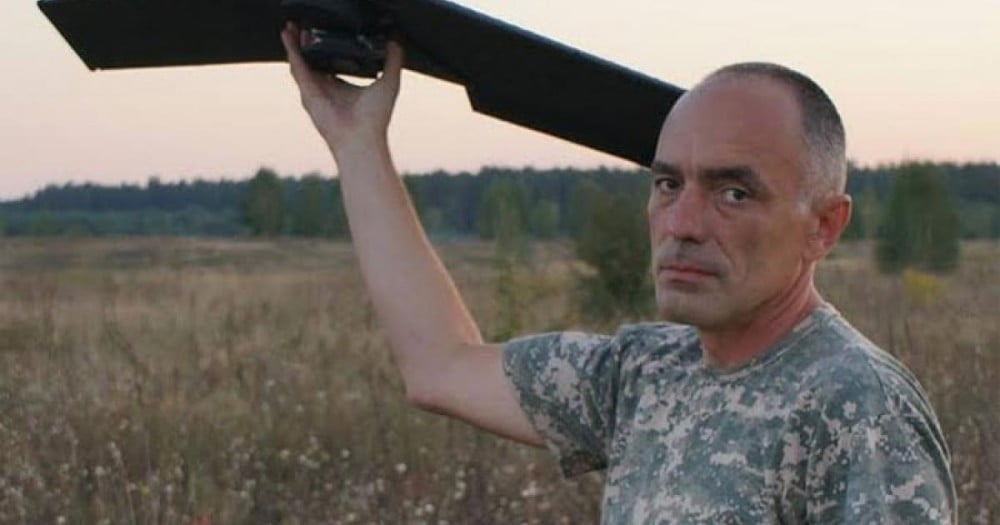
He criticizes Ukraine’s state policy in the field of UAV production and says that the situation in this sphere is now changing rapidly in Russia’s favor. The expert calls the growth of Ukrainian drone production “absolutely insufficient”.
“I think that it is necessary somewhere around 25 thousand per month FPV-drones to produce and use. Today, the production is approximately 10 times less,” Kasyanov believes.
As for reconnaissance drones, Kasyanov estimates that Ukraine produces about 300-350 of them per month. But there is a need for at least 500-600 such drones per month.
Strike long-range drones, like Shahed or Beaver, should be 10 times more than the enemy is using now, he says.
“That is, if now on average about 50 such UAVs arrive in Ukraine per day, we should launch 500. We do not do such a number even in 2-3 months.”
However, government agencies think somewhat differently. Yaroslav Oleinik, advisor to the head of the Ministry of Strategprom, says that, for example, the efficiency of FPV is not too high and it is a “situational decision.”
“My personal opinion is that the FPV drone is a situational thing that we got because of the lack of other means of defeat. Talks that one FPV drone can destroy a tank are legends. It takes at least 10 drones to knock out a tank.”
He estimates the effectiveness of such a drone at 10-15%. If we create a system of target acquisition at the last 200-300 meters, when the UAV’s signal is suppressed by the enemy, its efficiency will rise by another 10%. This is obviously not a very high figure.
“I personally believe that the FPV drone story is going downhill,” Oleynik summarizes.
China or in-house production?
An important condition for scaling up UAV production is components. There are only two ways to get them: to make them ourselves or to buy them abroad.
Yaroslav Oleynik says that most of the elements have already started to be produced by Ukrainian firms.
“I think that another year – and Ukraine will have many manufacturers who will make components for UAVs no worse than foreign ones: Chinese or American. Now such manufacturers have already started to appear. The only problem is optics and batteries, because we don’t produce them”.
But one of the drone models is already being fitted with motors produced in Ukraine, he said. This is significant progress, since, for example, the Iranian-Russian Shahed, according to media reports, uses a Chinese copy of a German engine.
Ukraine buys electronics, in particular processors for UAVs, from foreign countries under “white contracts”, and there are no obstacles to this, the Ministry of State Property Management assures.
One of the Ukrainian developers, who told the BBC on condition of anonymity that he has recently encountered difficulties in purchasing components in China, cannot agree with this thesis.
It is the world’s biggest market for unmanned aviation, but since September, the Chinese government has imposed significant restrictions on the export of its drones, as well as components for them.
“The restrictions are really there. You can’t just walk into China and make an invoice [an offer to buy – ed.],” the interlocutor tells the BBC Ukrainian Service. – But we find ways to get out of the situation. We change the ‘entry point’ and get the product, but we spend more time and money.
Despite the Chinese bans, the small Mavic quadrocopter made by the Chinese firm DJI remains the most in demand during the Russian-Ukrainian war.
This is recognized by both Ukrainian manufacturers and AFU fighters, and even by the authorities, who a year ago, through the mouth of then Defense Minister Alexei Reznikov, contemptuously called them “wedding drones”.
To make a Ukrainian analog of Mavik, dozens of years and tens of millions of dollars are needed, admits Yaroslav Oleinik, a representative of the Ministry of Strategprom. And still the result will be worse than the Chinese small drone.
“Ukrainian “maviks” will not appear. As a state manufacturer we are losing to DJI, we will not catch up with it. Private companies in Ukraine know how to make airplanes [airplane-type UAVs – ed.], to make a copter like the Mavik is a different story, you need a couple of tens of millions of dollars and specialists to find, but there is still a chance that you will lose.”
Therefore, it is “not logical and senseless” to do it now, Oleinik believes.
Andriy Shtepa, head of the Ukrainian company Air Unit, which manufactures UAVs and supplies anti-drone systems to the AFU, says that the Chinese Mavic, despite its low price, has a powerful thermal imager and a wide frequency range to counter EW. It is the top drone in its category.
“The Mavic won’t be abandoned for a very long time. This is the best price-quality solution there is in the world,” he explains to the BBC Ukrainian Service.
A “zoo” of drones
The large number of Ukrainian UAV manufacturers and the variety of products is not an advantage but a disadvantage for the state, Yuriy Kasyanov is sure. He calls this situation a “zoo of drones” and talks about the need to unify these products.
“We need unification, we just disperse finances. It shouldn’t be that two hundred companies are each working on their own drones. They should all be working on one.”
Russia, for example, has gone that route and focused all its efforts on the main models that have proven successful on the battlefield. For example, on the Lancet kamikaze drone.
Ukraine, in turn, has given freedom to private manufacturers who are still searching for the best drone model. This hinders the flow of production and the systematization of state policy in the field of drone aviation.
In addition, it seems that three ministries are responsible for the UAV sphere in one way or another – the Ministry of Digitization, the Ministry of Defense, and the Ministry of Strategic Industries of Ukraine, but there is no one main coordinator.
“Each law enforcement agency independently orders drones of different classes. There is no single body that would coordinate, certify, and unify this, and it is not yet visible on the horizon,” Kasyanov says.
He cites an example from history, when during the First World War Great Britain created a special department that dealt exclusively with the issue of increasing the number of ammunition. The commander of the aerial reconnaissance unit believes that Ukraine should have its analog.
In addition to the formation of a unified policy in the field of UAVs, it should also unify the issues of ammunition, which are used for dropping from drones. Because of mishandling them or because of low-quality homemade bombs, many fighters are injured, Kasyanov said.
So far, neither the Defense Ministry, nor the Ministry of Digitals, nor the Ministry of Strategic Industries of Ukraine has taken responsibility for stopping the expansion of the “zoo of UAVs” and focusing on a few basic models.
Andriy Shtepa is one of those hundreds of developers who are still searching for the “perfect drone”. He says that now he and his team of similar young Ukrainian engineers are looking for a solution to design a small and inexpensive drone, but with a homing system.
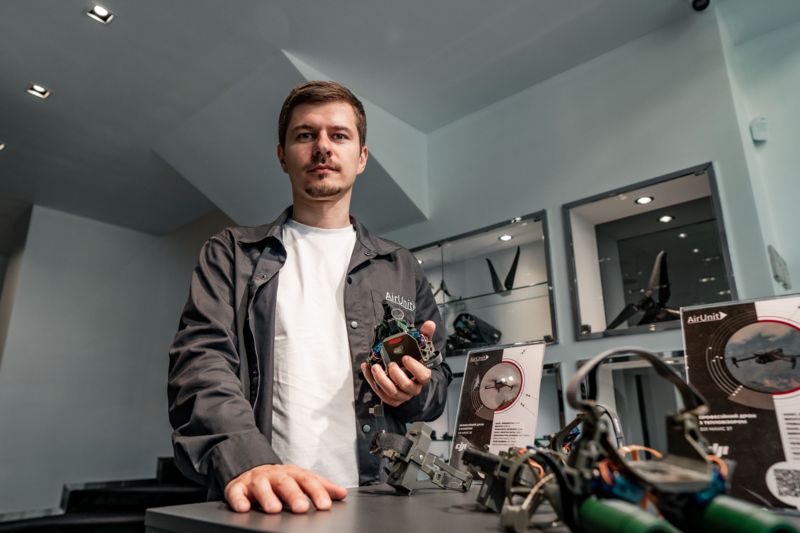
Then all the efforts of powerful Russian EW systems will be useless – the drone will move to the target in automatic mode after capturing the target and suppressing communication with the operator.
“We are already at the final stage of creating this ‘ideal drone’. I think we will soon be able to show it off,” Andriy is optimistic.
Tags: mass production of uavs russia ukraine war Ukraine